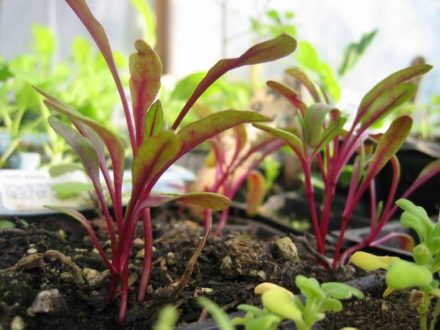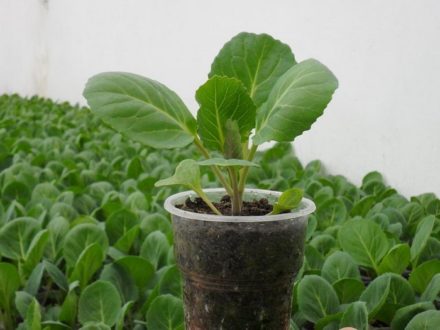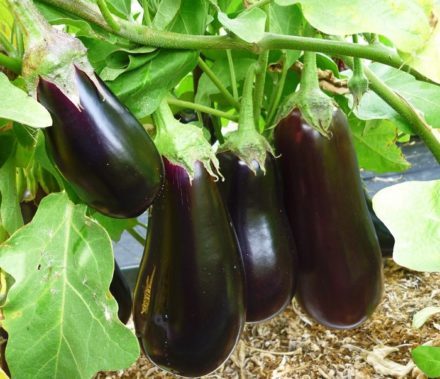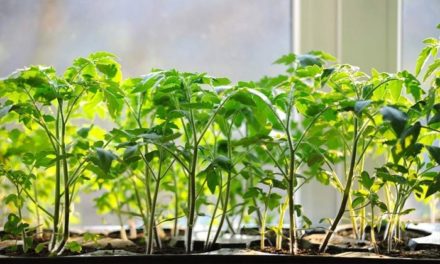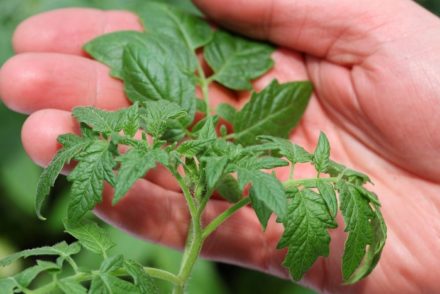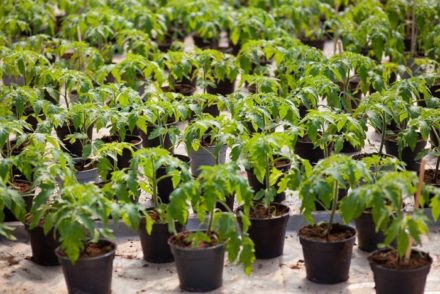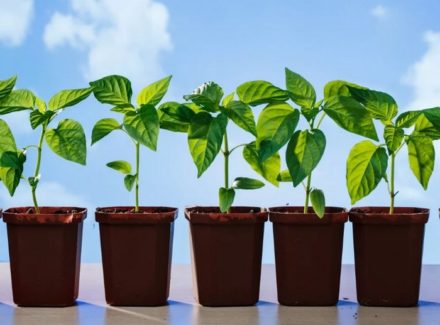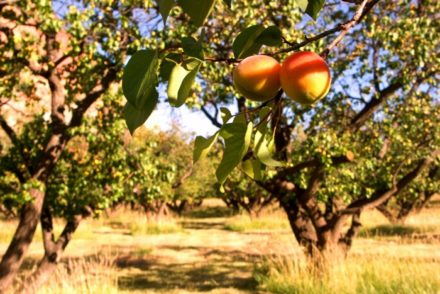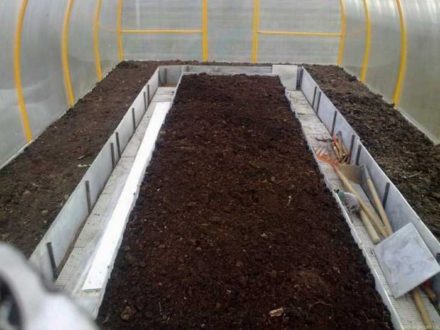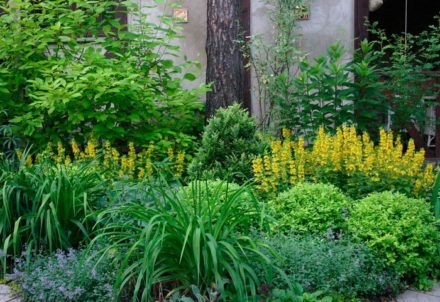Hardening off seedlings is a variety of activities that allow young plants to quickly and painlessly get used to open ground conditions. Seedlings that have undergone the procedure are distinguished by a strong root system and resistance to diseases and pests.
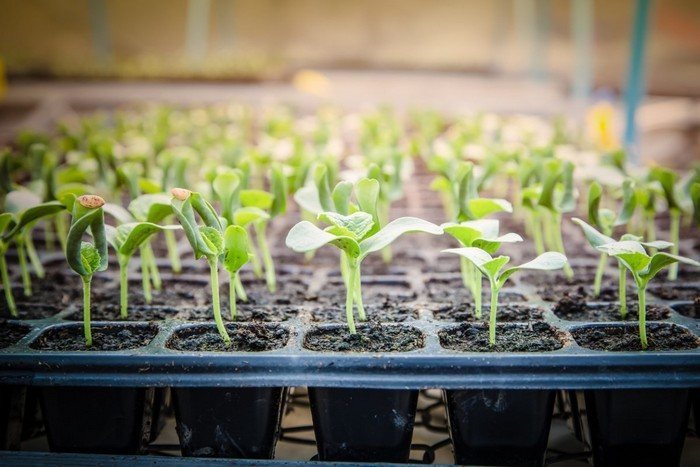
The complex is divided into several stages:
- temperature;
- air;
- moisture;
- light.
For the correctness of events, you must adhere to certain rules and not make mistakes.
Incorrect timing
Incorrectly selected hardening times are a common mistake among gardeners. The optimal time for the procedure depends on the vegetable crop and is determined individually. The first event must be carried out 2–4 days after germination.
Temperature violation
Temperature is an important criterion during the procedure. Its sharp decrease or increase can injure a young plant, slow down growth and cause death.
Hardening of seedlings begins at +25 degrees and is reduced to +15 in the daytime, and in the evening and at night from +10–15 it is reduced to +7–12. Temperatures are lowered gradually: start with 5–10 minutes a day and increase to 3–5 hours.
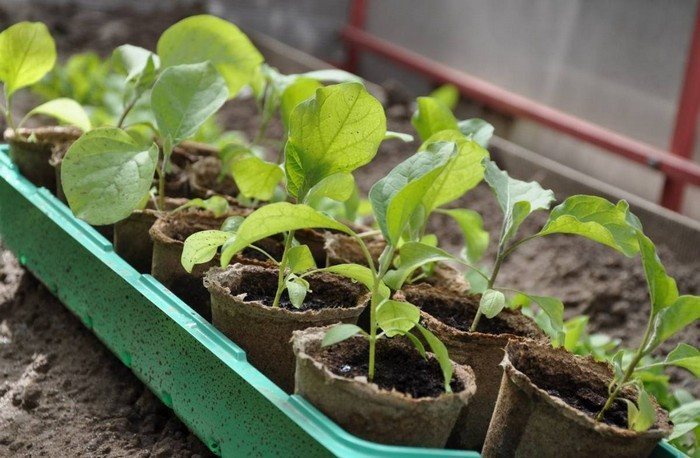
Improper watering
Another important requirement when hardening seedlings is to reduce watering. Often gardeners neglect this criterion, which can cause depletion of the root system and the growth of abundant green mass.
For proper preparation and easy acclimatization of seedlings, it is recommended not to reduce the amount of moisture, but to lengthen the dry period.
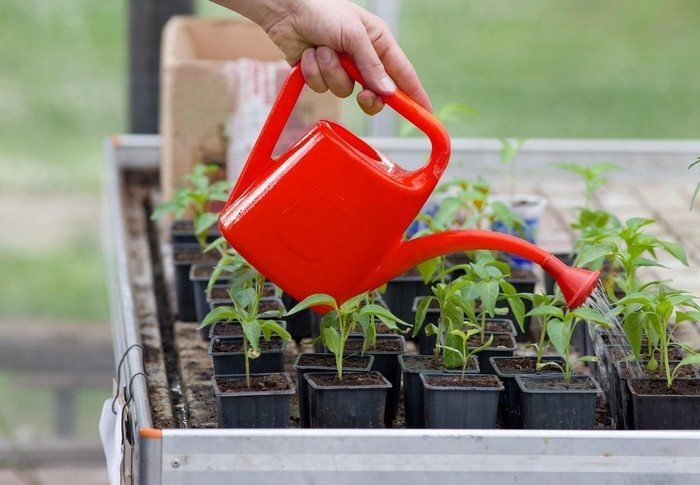
Draft
A strong and hot wind is the worst enemy of young plants and can spoil them. After being in a draft, the leaves become stained, lose their appearance, and the stem sags.
Therefore, hardening off seedlings with air should be carried out carefully, gradually accustoming the seedlings to the wind.
Lack of feeding
There is an opinion that seedlings do not need feeding. However, it is wrong. Experienced gardeners recommend feeding young, hardened plants twice: 10–15 and several days before planting in open ground. Complexes containing nitrogen, phosphorus, and potassium are suitable for fertilizer.
Seedlings that have undergone feeding take root better, develop and grow in a new place.
Prepared and properly hardened seedlings can easily be transplanted into open ground, have a strong root system and are resistant to various diseases.


